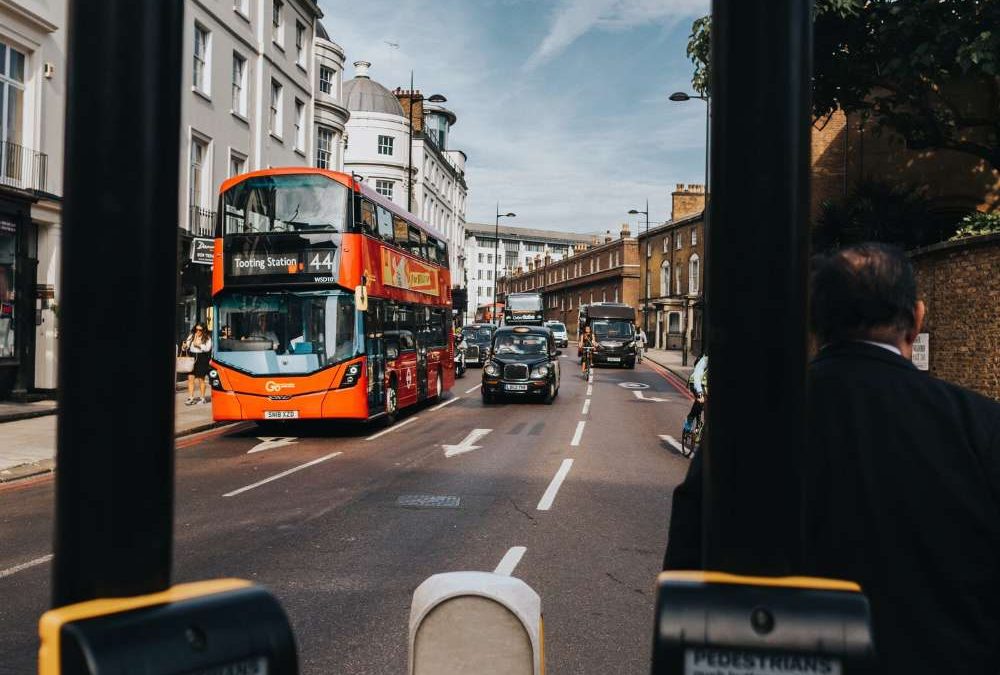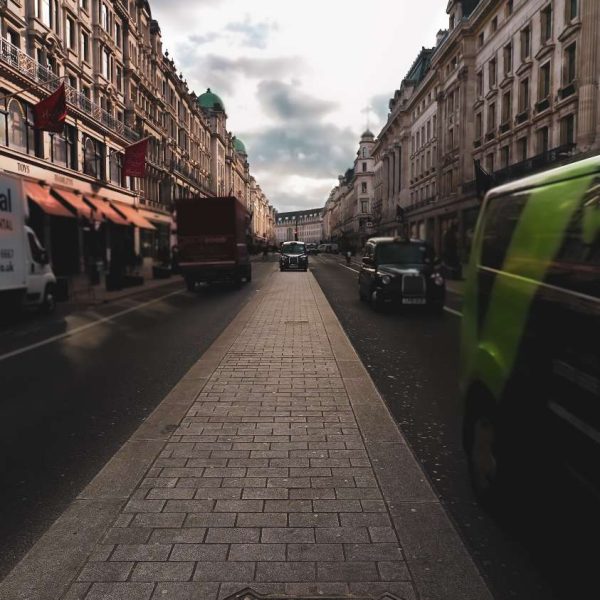Designing Traffic Islands for Safety and Aesthetics: How Architects are Improving Road Safety
Traffic islands play a crucial role in enhancing road safety. Acting as a physical barrier between vehicles and pedestrians, they help prevent accidents and provide a visual cue for drivers to identify road boundaries and slow down.
However, traditional traffic islands often lack aesthetic appeal and can be considered eyesores in a neighborhood. Recognizing the need to combine safety and aesthetics, architects have taken up the challenge of designing traffic islands that are not only safe but also visually pleasing.
The first step in designing a traffic island is to determine its purpose. Is it primarily meant to create a physical barrier or to serve as a visual cue for drivers? Based on the purpose, the design of the island will vary. If the goal is to prevent vehicles from crossing, the island should be wide enough to effectively impede their movement. Conversely, if the objective is to catch the attention of drivers, the island should be narrower to ensure its visibility.
Following the determination of purpose, careful consideration of materials is necessary. Architects have a range of options, such as concrete, asphalt, and brick. Each material has its own advantages and disadvantages. Concrete, for example, is renowned for its durability and longevity but requires more maintenance. On the other hand, asphalt is cost-effective and easier to maintain, although it may not be as durable as concrete. Brick offers aesthetic appeal but comes at a higher cost and necessitates more maintenance.
Another factor to consider is the shape of the traffic island. Shapes can vary from round to square, or any other form that fulfills the intended purpose. Round islands are commonly used as physical barriers, while square islands are often employed as visual cues for drivers. The shape is chosen based on the specific objectives and materials used in the design.
Landscaping also plays a vital role in enhancing the safety and aesthetics of traffic islands. By carefully selecting and placing appropriate greenery, architects can improve the overall look and safety features of the island. For instance, the strategic placement of shrubs and trees can act as visual barriers between pedestrians and vehicles, offering an additional layer of safety. Similarly, low-lying plants can aid drivers in identifying the boundaries of the road, serving as visual cues that encourage them to stay within their designated lanes.
Designing traffic islands that prioritize safety and aesthetics is a fundamental aspect of road safety. By considering the purpose, materials, shape, and landscaping, architects can create visually appealing islands that effectively separate vehicles and pedestrians. This not only contributes to the improvement of the overall appearance of a street or neighborhood but also ensures the safety of all road users. Moreover, landscaping adds an extra layer of safety features, helping create roads that are both beautiful and safe for everyone.
In conclusion, architects are revolutionizing the design of traffic islands to enhance road safety while maintaining aesthetic appeal. Through careful consideration of purpose, materials, shape, and landscaping, these professionals are creating islands that serve as effective physical barriers and visual cues for drivers. These islands not only contribute to the overall aesthetics of a street or neighborhood but also prioritize safety by separating vehicles and pedestrians. With continued innovation and attention to detail, architects will continue to transform traffic islands into essential components of modern road infrastructure.
















